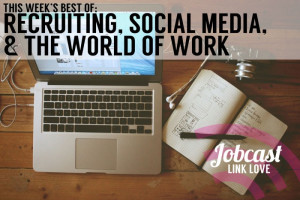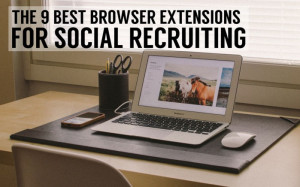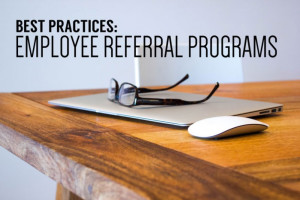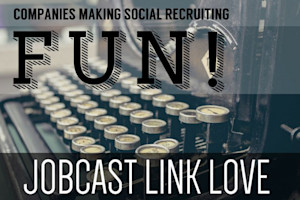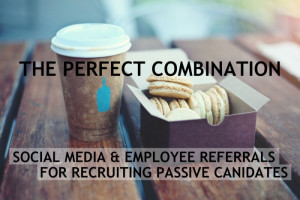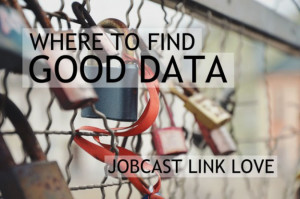October 13
The relationship between the Human Resources department and technology has always been pretty rocky. From HR’s frustratingly slow adoption of tech to clunky, verging on totally unusable applicant tracking systems, the couple has long standing history of getting on each others nerves. Jobcast’s founders, Johnny Oshika and Ryan St. Germaine have been working in the field of human resources/recruitment technology for about 14 years now, so they’ve seen it all. Their first company, BCjobs.ca, began as a simple online job-board focused on connecting British Columbia’s jobseekers with employers. Not exactly revolutionary... except back then it actually was! When BCjobs.ca started they were met with disbelief an…Read More

